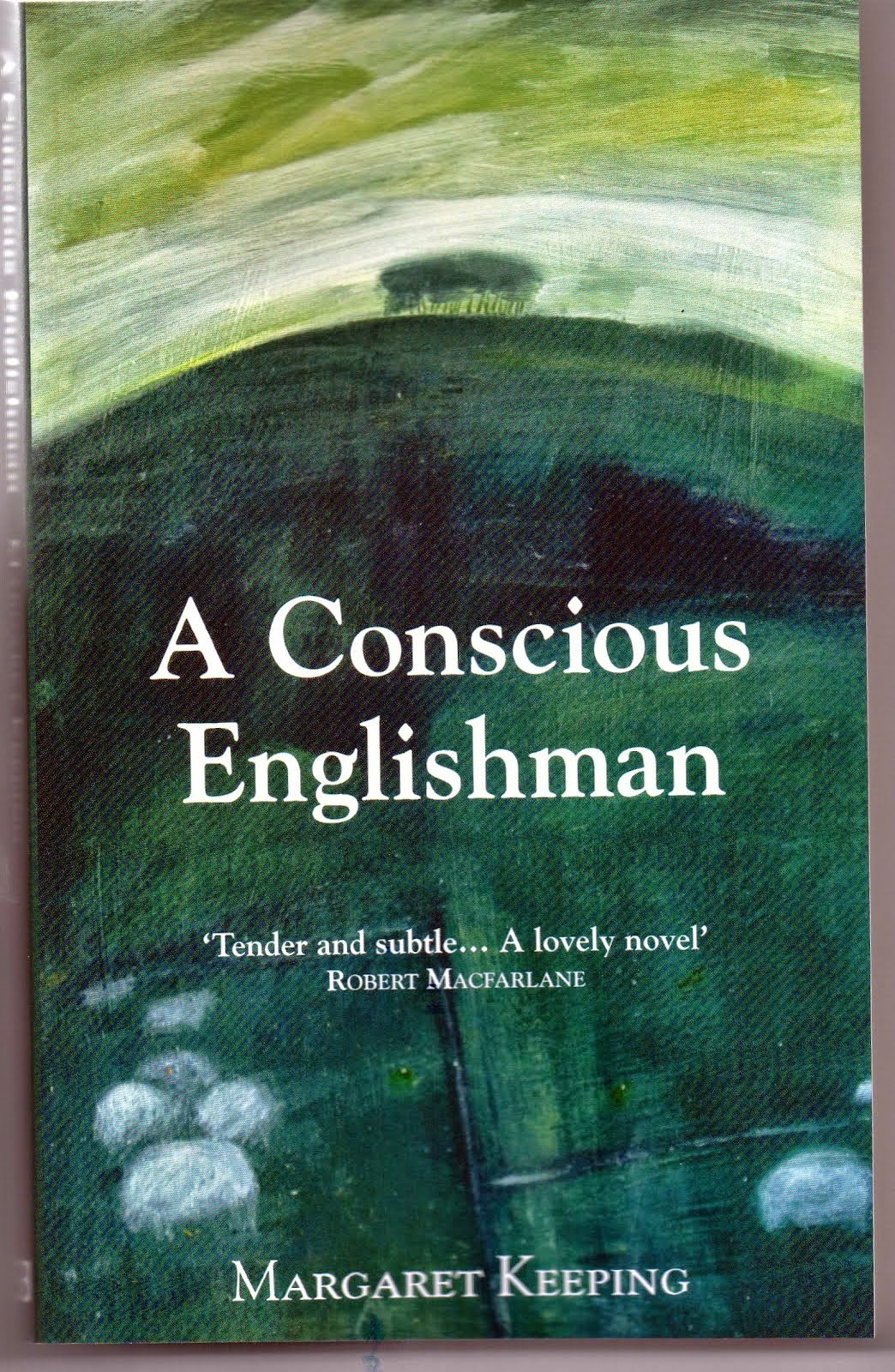- News
Haileybury's First World War trench open to school visits as part of Centenary commemorations
Published on: 11 June 2014"We hope our trench trail will provide a unique and valuable perspective on one of the most tragic and important chapters on the history of both our school and country" Joe Davies, Master
The Haileybury Trench Trail, Autumn 2014
The Trench Trail will enable pupils to learn about the First World War through items linked to those who experienced the conflict first hand. Each school group will work their way around the trail led by a workshop leader and a learning session will give children the opportunity to see and handle artefacts, medals, letters and photographs.
The Trench Trail will be open to school group visits on selected dates from September to December 2014 and will be suitable for both Key Stage 2 and Key Stage 3 levels so we will welcome groups from Year 4 up to Year 8.
If your school is interested in visiting the Haileybury Trench Trail, please click here for further information, contact the Box Office, or call 01992 706355
Image: computer-generated visual of Haileybury's replica trench
In addition to this exciting and innovative project, the programme of commemorative events will include:
• The design and installation of two new commemorative stained glass windows in Chapel
• The installation of interactive plaques around the College, highlighting the lives of six famous Haileyburians, including Field Marshal Allenby, with an associated lecture series to enhance and enrich pupils’, parents’, OHs’ and visitors’ understanding and awareness of the rich history of the College
• A school production of Oh! What a Lovely War
• A concert featuring music from the period of the Great War
• A special version of the annual Removes WW1 Battlefields trip
• A Sixth Form Poetry of the First World War conference for schools
Poetry of the First World War: A one-day conference for Sixth Form - Friday 17 October 2014, 10 am - 4.30 pm
The aim of this conference is to involve Sixth Form pupils and their teachers in the critical discussions and revaluations of the poetry of the First World War that are taking place in this its Centenary year.If you are a teacher or pupil and would like to present a short paper, or are interested in creating a poster related to the poetry of the First World War for our competition, please contact Head of English, Dr Tom Day.
Places at the conference are free for school groups and places are limited so advance booking is essential. Book online now or call our Box Office on 01992 706355




